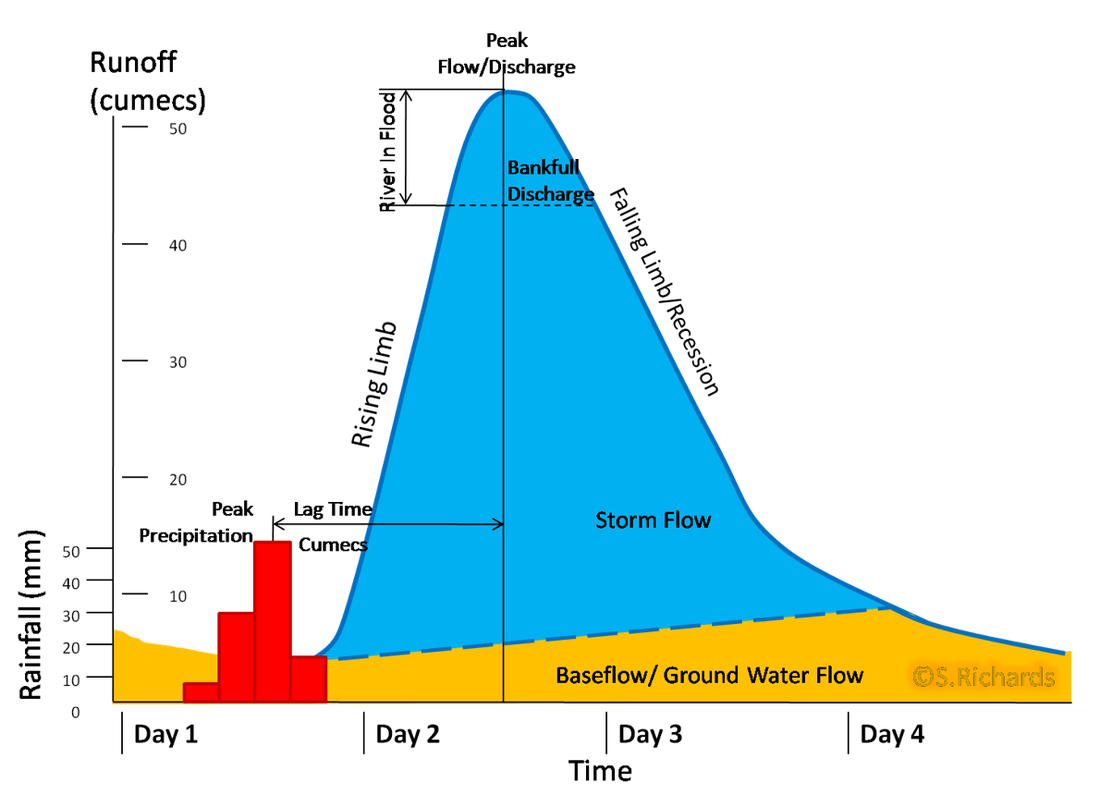Reference



OpenAI's Answer
Understanding lag time is important in analyzing a hydrograph because it represents the delay between the peak rainfall and the peak discharge in a river or stream. This delay, or lag, helps in predicting flooding events by showing how quickly a river responds to a storm. Key reasons include:
-
Flood Prediction: By analyzing lag time, hydrologists can better estimate when a river will reach its maximum flow, allowing for more accurate flood warnings.
-
Hydrological Modelling: Lag time is a critical component in hydrological models used to predict peak discharge and the shape of flood hydrographs. This helps in designing infrastructure like dams and flood defenses.
-
Catchment Characteristics: The lag time can provide insights into the characteristics of a catchment area, such as its size, shape, and land use, which affect how quickly water travels through the system.
-
Impact Assessment: Changes in land use or natural flood management interventions can alter the lag time, affecting how a river system handles storm events.
For more detailed exploration, you can refer to resources like Internet Geography and academic articles.